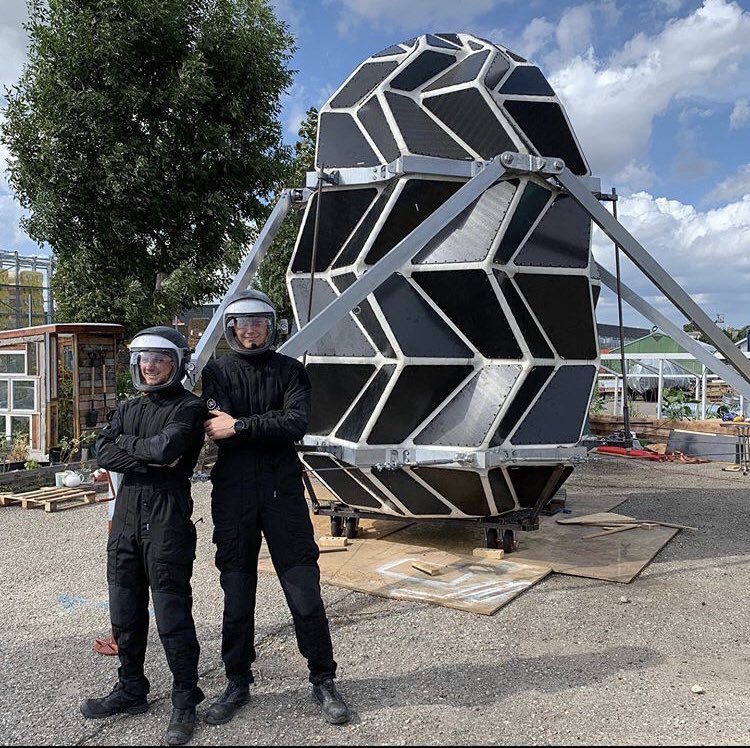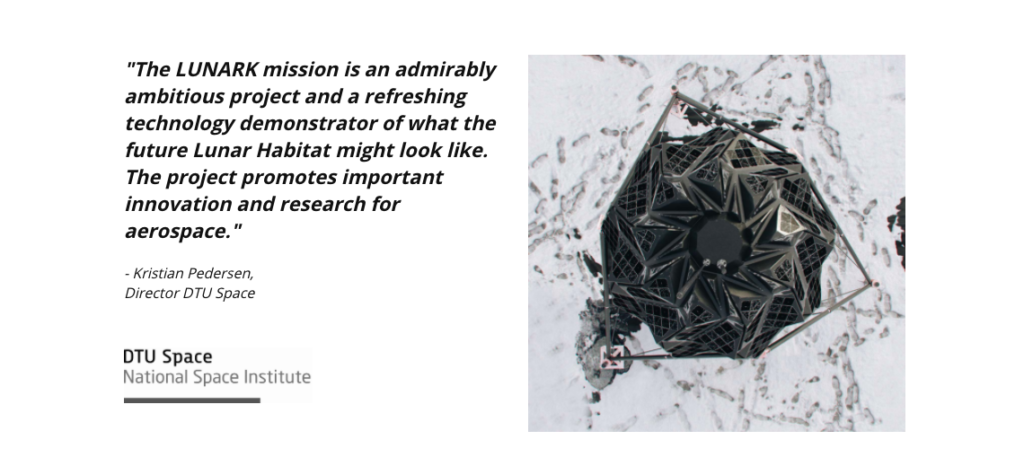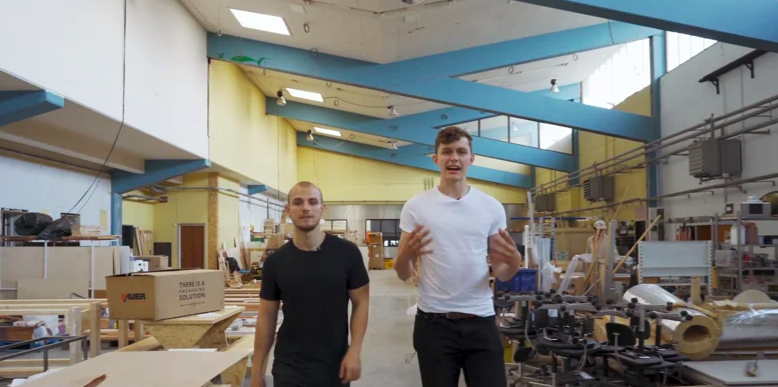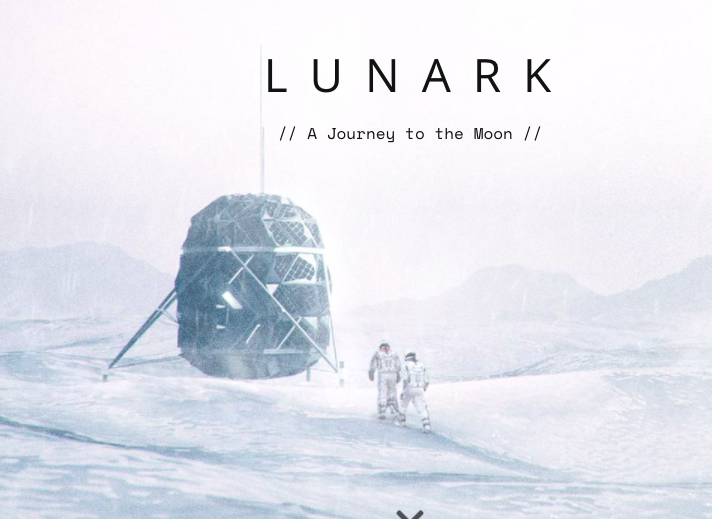Two Danish architects will travel to Greenland to test an intelligent lunar home that they designed and built, relying on Lenovo technology for survival & data collection
Bengaluru, NFAPost: Technology, sensors, computers and IoT play a key role in space research. This is also the case in a new research project led by two young Danish architects from SAGA Space Architects, Karl-Johan Sørensen and Sebastian Aristotelis.

For three months, from today, the two adventurers will live in a deserted, Arctic area in Greenland in a lunar home, Mark 1, which they have designed and built themselves.
“We are going to be totally isolated. The landscape is monotonous. There are no surrounding stimuli, and therefore it will be the most faithful simulation of what it will be like to live on the moon, which we can simulate here on Earth,” says architect Sebastian Aristotelis.
The home is packed with technology; e.g.solar panels to generate power for 1 computer and 76 sensors, which among other things ensure that the habitat works in extreme environments with -30 degrees.
Connected sensors
“Odin is the brain in the lunar home. It is a small fanless Lenovo computer (ThinkCentre M90n) that is connected to the sensors and predicts maintenance needs. If one of the sensors detects that the humidity is rising or the temperature is falling, it prompts the team that there may be a fault in a certain panel,” says 25-year-old Sebastian Aristotelis.
On site, the team will be collecting unique metrics and assessing biometric data on multiple aspects of themselves and the habitat, like for example a plant wall, assessing the survival of plants in this environment. At the same time, the architects are collaborating with 20 research teams, whom are granted access to the collected data to get one step closer to the dream of moving to the moon.

“Our equipment has to work”
During the three months the research opportunities are extremely limited. The two Danes need to carefully plan and prioritize their time and efforts. Every day, they will work on a regular schedule of eight hours of sleep, eight hours of work and eight hours of entertainment.
A large part of their waking hours they will spend in front of their notebooks. The notebooks are essential to maintain a steady communication line with the outside world to ensure they are secure at all times.
“We need to be able to trust that our notebooks and technology are working perfectly at all times. The computers are paramount to the mission: we use them for survival, our work, and they are our only source of entertainment, so they must be reliable at all times in these extreme conditions, and since many of my previous computers have been made by Lenovo, we were never in doubt about our choice,” emphasises Sebastian Aristotelis.

The specific technology the team is bringing on the expedition are two ThinkPad P53’s from their sponsor, Lenovo. The computers have been military tested and are built to handle extreme conditions and demanding tasks such as heavy architectural drawings.
“We are extremely pleased with the opportunity that the SAGA Space architects is bringing to us. It is the ultimate challenge for our products to showcase the effort we put into securing durability and reliance. We wish them a lot of success on this adventure” – Peter Juul Jorgensen, Country Manager Lenovo PCSD Denmark
On September 2, Sebastian Aristotelis and Karl-Johan Sørensen will move into their temporary home in Greenland. You can follow their adventure on their website: https://lunark.space/
SAGA Space Architects
SAGA is a new design practice working on making space livable for future space travelers by approaching the design of habitats from a human perspective, where mental well-being and social sustainability is part of the life support equation. The company is founded by Karl-Johan Sørensen and Sebastian Aristotelis.
Lenovo is a $50 billion Fortune Global 500 company, with 63,000 employees and operating in 180 markets around the world. Focused on a bold vision to deliver smarter technology for all, we are developing world-changing technologies that create a more inclusive, trustworthy and sustainable digital society.
By designing, engineering and building the world’s most complete portfolio of smart devices and infrastructure, we are also leading an Intelligent Transformation – to create better experiences and opportunities for millions of customers around the world.





